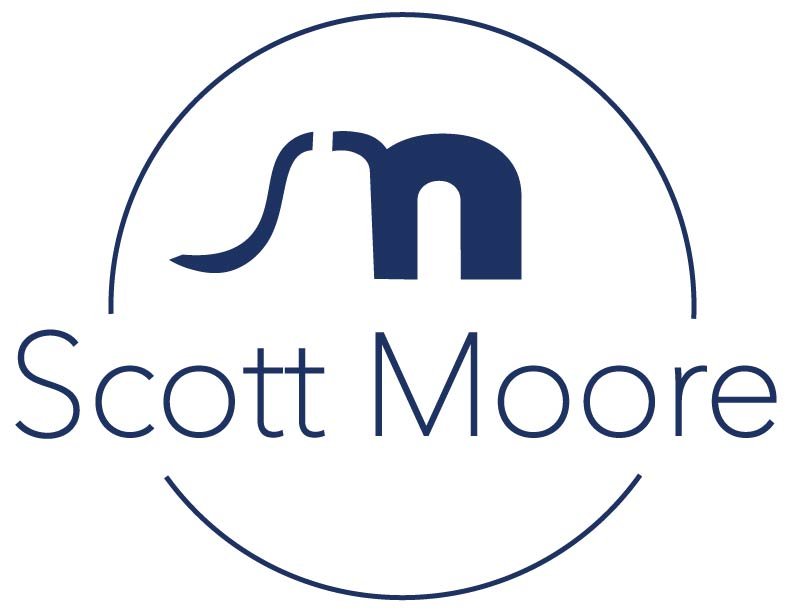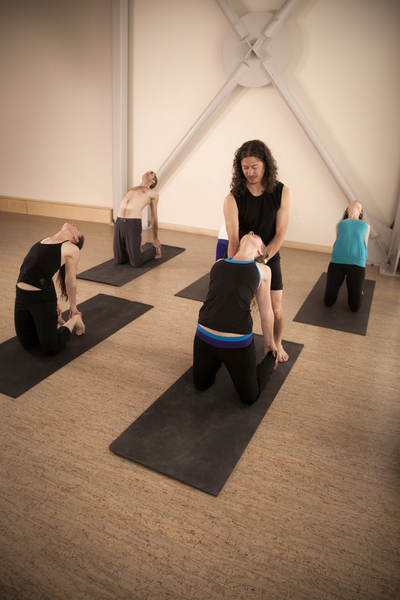“Float like a butterfly, sting like a bee. Float like a butterfly, sting like a bee. Float like a butterfly sting like a bee.” And so he did. This was Muhammad Ali’s mantra. Perhaps yoga and mindfulness isn’t often associated with Muhammad Ali but he was someone who was particularly adroit in his use of the principle of mantra. His iconic mantra has become synonymous with a champion. What is the power of mantra, why was it such a powerful resource for Muhammad Ali and how can we use mantra to achieve our dreams?
Although his mantra practically became his sonic nametag, it wasn’t just a pithy phrase he liked to throw around because it was catchy; it wasn’t his slogan or his attempt at branding himself. Maybe few understood that Ali’s mantra was his access point into his deep inner-source that believed he would be the boxing heavyweight champion of the world. Saying it over and over again was his craft, the practice of helping the logical part of his mind both believe and expect this belief to become reality. In addition using his mantra, Muhammad Ali visualized his iconic fight in his head thousands of times before ever stepping into the ring. So that by the time he stepped into the ring, all that was left to do was final step, the physical practice of what he already knew was true.
It reminds me of a story in the Hindu scripture, The Bhagavad Gita, where the God-turned-mortal Krishna is instructing the warrior prince Arjuna about his duty to fight in an epic battle. At Arjuna’s reluctance, Krishna pulls him aside and informs him that truth and time is not so linear and that the battle has already been fought and won. Knowing this, Krishna told Arujuna that the important thing is that he must go out there and fulfil his dharma, his destiny. Similar to what Ali told himself through visualization and mantra, Krishna told Arjuna to tap into the source of belief of what was already true.
Many psychologists and neuroscientists will affirm that despite our trust in it, our mind isn’t necessarily the best preceptor of reality; it’s readily subject to prejudice, interpretations, and misapprehension. In yoga philosophy the name for this misapprehension is Avidya, the opposite of clear seeing. Like modern brain science suggests, two people might see the same facts and both have wildly different beliefs about translating those facts. Thus our mind is subject to our own personal beliefs and prejudices. Our mind creates a reality from a dizzying array of options suggested by our perceptions, interpretations, and desires. This subjectivity tugs at the very fabric of what we define as true. Yoga suggests that since our beliefs are so powerful in contributing to our reality, we can use things like mantras and visualization to help us propel our understanding of reality, perhaps like Muhammad Ali and Arjuna, a reality that what we know in our hearts is already true.
Now, I’m just as skeptical as the next guy about the suggestion that if you believe something it will become truth. In my opinion, movies like The Secret maybe were better left kept secret. And yet there is something to the notion that we have a bigger part to play in creating our reality than we think. I believe that visualizations and mantra can help.
It is further true that beliefs can change in the blink of an eye. One minute you believe in the Tooth Fairy and the next you don’t. Beliefs change all the time. In Vedanta, a school of yogic philosophy, this part of our being that is assigned to negotiating beliefs is called the Vignana Mayakosha. Yeah, it’s a crazy name but I think this part of our being that holds our beliefs is perhaps more powerful than we sometimes give it credit. Understanding and sourcing this element of personal belief, through things like visualizations and mantra, can have life-changing effects. Surely sourcing his belief that he could be the heavyweight champion of the world helped Mohamad Ali fulfil his purpose.
Words are powerful. Religious texts like The Bible even says that “In the beginning was the Word . . . and the Word was God.” In the Hindu scripture, The Yoga Sutras, the principle of Satya or truth is the second highest principle behind non-harming because of the power of words. For longer than recorded history, magic, mythic, and religious traditions have regarded certain words, whether vocalized or thought, as both sacred and powerful. One of my yoga teachers, Judeth Lasater, said, “What is worrying but praying for what you don’t want.” Thus is the power of thoughts and words.
So let’s put words to the test. I therefore invite you to choose those words that, like Muhammad Ali, like Arjuna, will manifest your sacred destiny. And I invite you to find a way of reciting them to manifest their power in your life. Maybe you know already your mantra, what words you need to evoke for you to live into your true destiny. Perhaps words like: Power, Clarity, Forgiveness, Strength, etc. Maybe you need to discover what your mantra is. I invite you to do a meditation in order to distil your clarity on which words are right for you. This meditation doesn’t have to be anything like months in the desert in deep contemplation. Rather, maybe 10 minutes concentrating on clearly answering a few questions for yourself. You’ll know it when it comes. Maybe it will take a few days of meditating for a few minutes each day.
Here’s the process. First, ask yourself what has been reoccurring in your life recently as a theme that you need to pay attention to. Another way to answer this question is to think about what ways the Universe is asking you to grow right now—what challenges are presenting themselves to you now, asking you to grow? Next, don’t allow your thinking mind to take over, here, but rather let the answer to this next question be instinct, the first thing that comes to mind: What does your heart know is your purpose for this world? Distill the answer to these questions down to a phrase or maybe even one word (don’t worry, you can change it if you need to, you don’t have to marry that word for life) but allow yourself to use that word or phrase as your powerful catalyst forward to what you already believe about yourself. Then, if you’re inclined, grab a mala (you can get these at Golden Braid or Dancing Cranes). They are beaded necklaces with 108 beads on them. The Mala’s will usually have a tassel on them representing the beginning and the end. Hold the mala on the first bead between your right thumb and middle finger, just beyond the tassel. In your mind or aloud, repeat your word or phrase then move to the next bead. Do this over and over again until you come to the end of the mala. If it’s short and you’d like a longer meditation, turn the mala around and repeat the mantra going the other way on the mala until you come back to the tassel. After your meditation watch to see how you see the world differently and how you live into the beliefs that you bring to your mind through mantra.
Become the champion of your world.






























